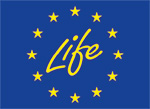
The GoProForMED Project, aimed at maintaining and improving the conservation status and ecological functionality of four Mediterranean forest habitats, proposes (through a specific action coordinated by DREAm Italia) planning procedures and Closer-to-Nature silvicultural models.
Target forest habitats chosen for the Mediterranean biogeographical region are:
![]() 9260 - Castanea sativa woods
9260 - Castanea sativa woods
![]() 9330 - Quercus suber forests
9330 - Quercus suber forests
![]() 9340 - Quercus ilex and Quercus rotundifolia forests
9340 - Quercus ilex and Quercus rotundifolia forests
![]() 9530* - (Sub-)Mediterranean pine forests with endemic black pines
9530* - (Sub-)Mediterranean pine forests with endemic black pines

Watch the video interview with
SERENA BUSCARINI
DREAm Italia
The method (…in brief!)
Within the framework of the project, the planning procedures and silvicultural models were defined and applied in 12 sites located in 4 countries (Italy, Spain, France, and Greece), and distributed among the 4 target forest habitats.
This approach made it possible to:
![]() directly assess the suitability of what was foreseen,
directly assess the suitability of what was foreseen,![]() improve the protocols based on the result of the tested applications and feedback from implementing figures,
improve the protocols based on the result of the tested applications and feedback from implementing figures,![]() establish concrete examples of standardized and harmonized planning and application at a transnational level, tested in the 4 Mediterranean countries.
establish concrete examples of standardized and harmonized planning and application at a transnational level, tested in the 4 Mediterranean countries.

The GoProForMED approach
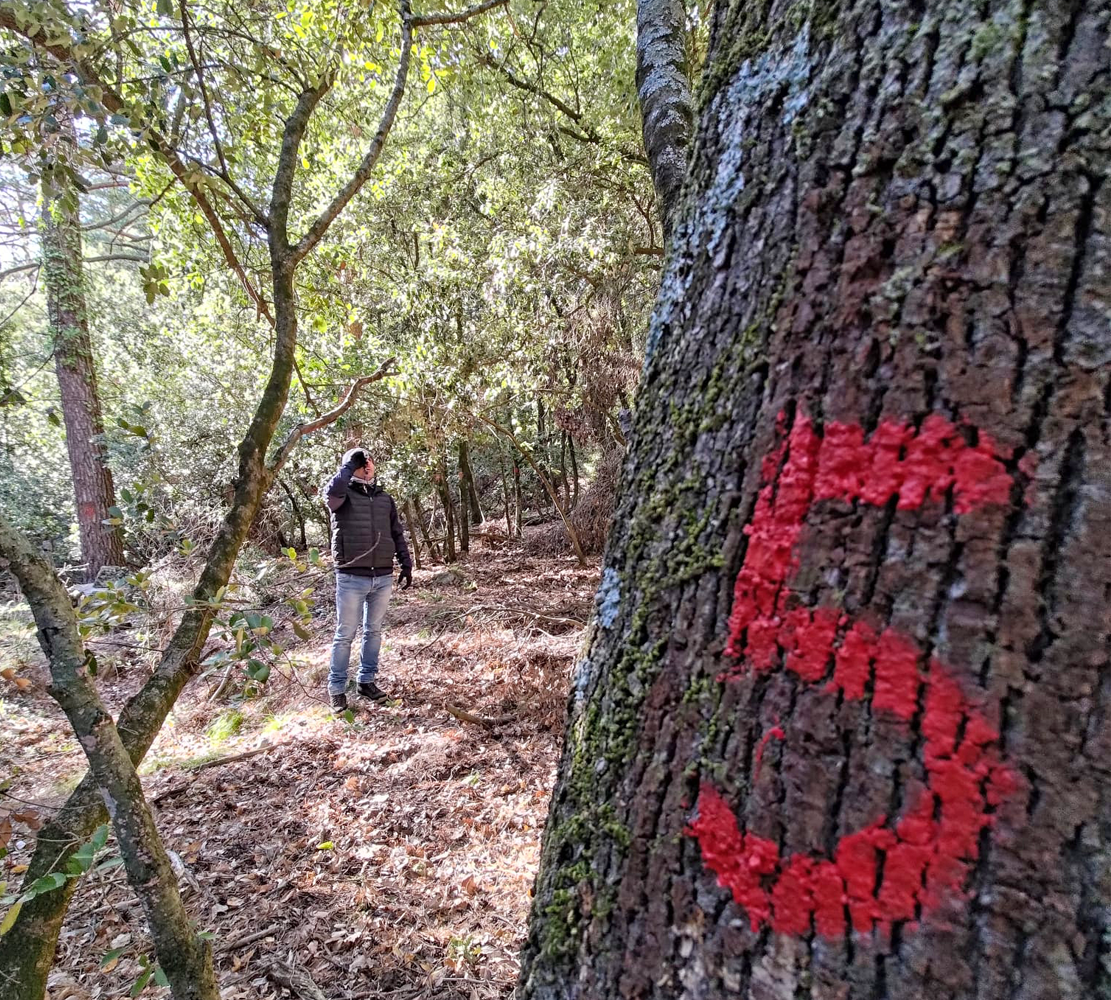
The management and conservation protocols proposed by the GoProForMED Project are based on an approach that aims to maximize synergies between the main objectives of forestry (conservation, production and protection) at different spatial scales (from the individual trees, to the stands, to the landscapes).
This approach involves the establishment of a permanent system for the conservation of forest biodiversity and of natural processes, elements which allow the maintenance of the vitality and functionality of the project’s target forest habitats.
The objective is to integrate ecological networks into forest planning in order to increase the connectivity between areas of greatest potential ecological interest, connecting them to each other without particularly hindering ordinary forest management.
Elements of the Ecological Network

The Ecological Network is made up of: Core Areas, Islands for Biodiversity, and Habitat Trees. All the remaining wooded area are defined as an “Edge Areas,” which can also be managed for production purposes.
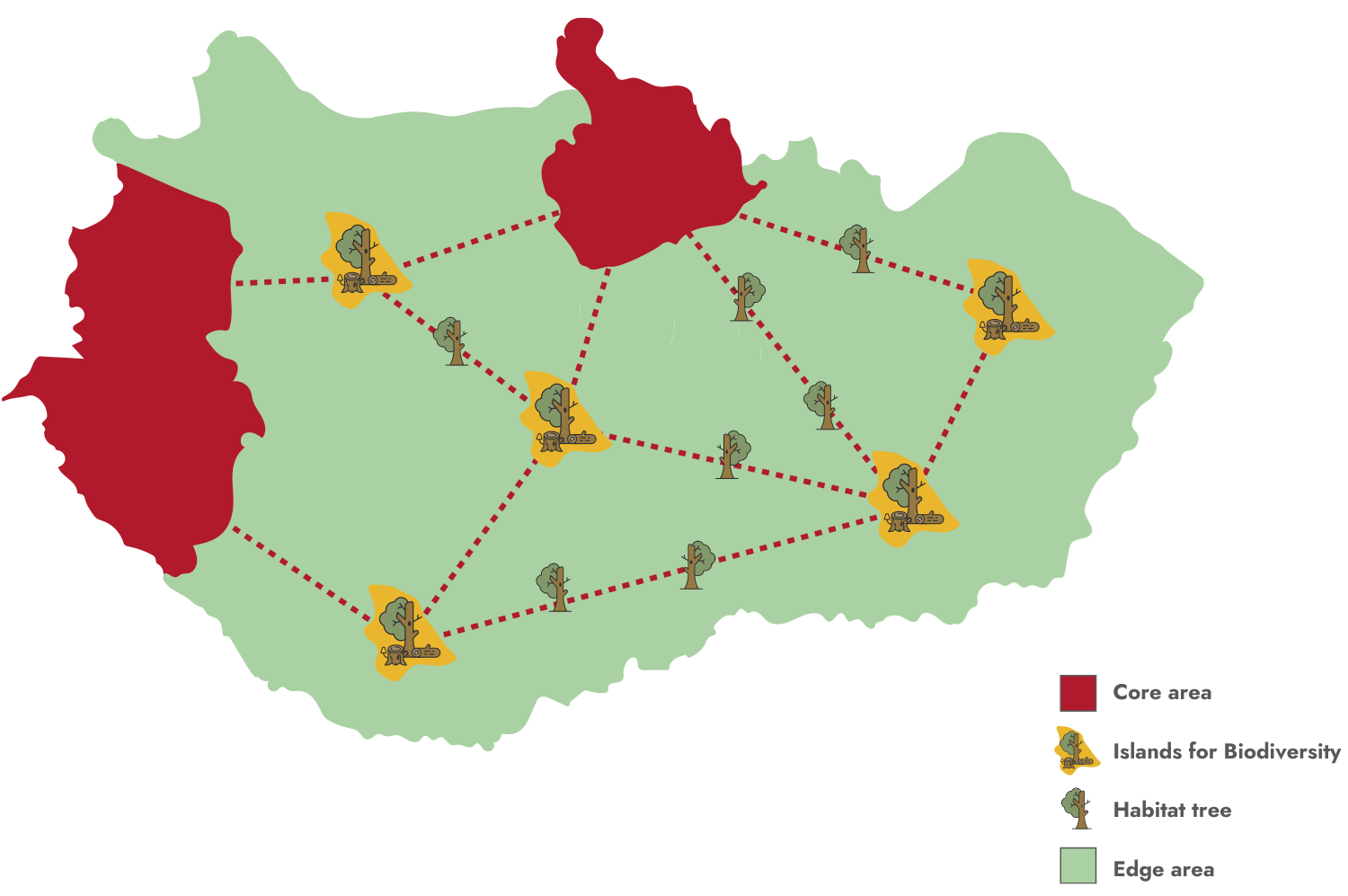
- Core Areas: areas within the target habitats that already have natural features and structural elements suitable for hosting greater biodiversity. These areas should be preserved as source areas of biodiversity
- Edge Area (EA): area outside and contiguous to the Core Areas which includes Biodiversity Islands (which correspond to 5% of its surface) and Habitat Trees. On the remaining surface of the Edge Area, forest management according to the Closer-to-Nature approach is proposed.
- Islands for Biodiversity (IB): small-sized areas in which open spaces, dendromicrohabitats, and deadwood in various stages of decomposition must be maintained, through active management if necessary. These islands should be strategically located to enhance the overall connectivity of the Ecological Network.
- Habitat Trees (HT): a standing living tree that provides at least one tree microhabitat (TreM) registered in a list of TreMs identified as “priority”, or alternatively, characterized by at least 3 different microhabitats. Moreover, punctual interventions will be carried out to favour the development of these trees
The practical procedure involves first identifying the Core Areas and then ensuring their connectivity and ecological exchange through stepping stones made up of Islands for Biodiversity and Habitat Trees.
Two levels of planning
The interventions proposed by the GoProForMED Project are based on two different levels of planning (and intervention), each pursuing the following main objectives:
1st Level: the maintenance and improvement of structural elements (Ecological Network) necessary to guarantee the conservation of biodiversity and functionality of the target habitats.
2nd Level: the improvement of silvicultural management of the target habitats, also from a productive point of view, through the application of Closer-to-Nature forest management models.
Identify and enhance the Ecological Network
All this concerns the identification, characterization, and materialization of the Ecological Network, which is part of the 1st Level of planning. The procedures for this level are described in a series of technical documents containing operational guidelines for the planning and implementation of interventions aimed at improving the Network itself.

Closer-to-nature forest management
The forest areas surrounding this Ecological Network, or Edge Areas, can be managed with forestry interventions that follow the principles of Closer-to-Nature Forest Management.
The definition of these intervention models, implemented for demonstration purposes, is part of the 2nd Level of planning. This level is based on the analysis of best experiences of different forest management approaches, in line with the principles of Closer-to-Nature Forest Management already applied in the Mediterranean area.
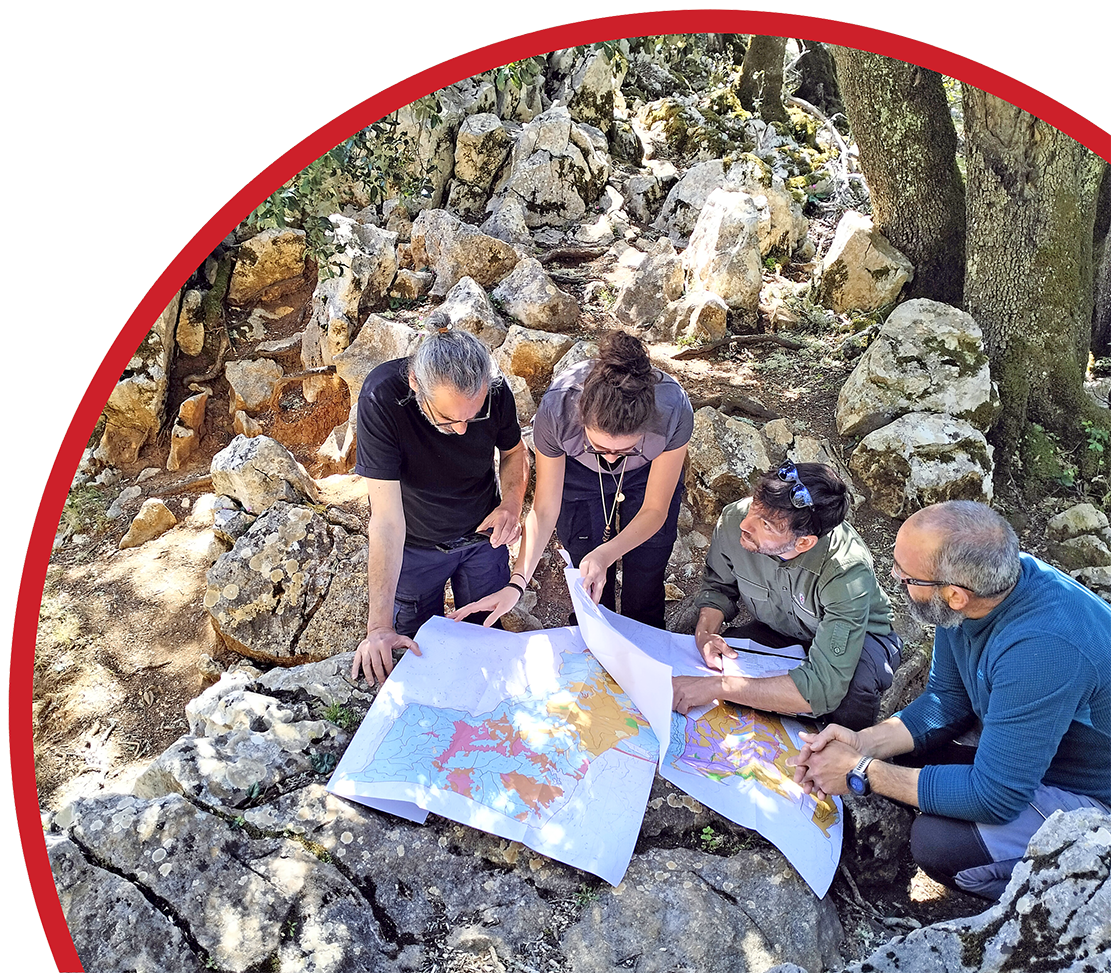
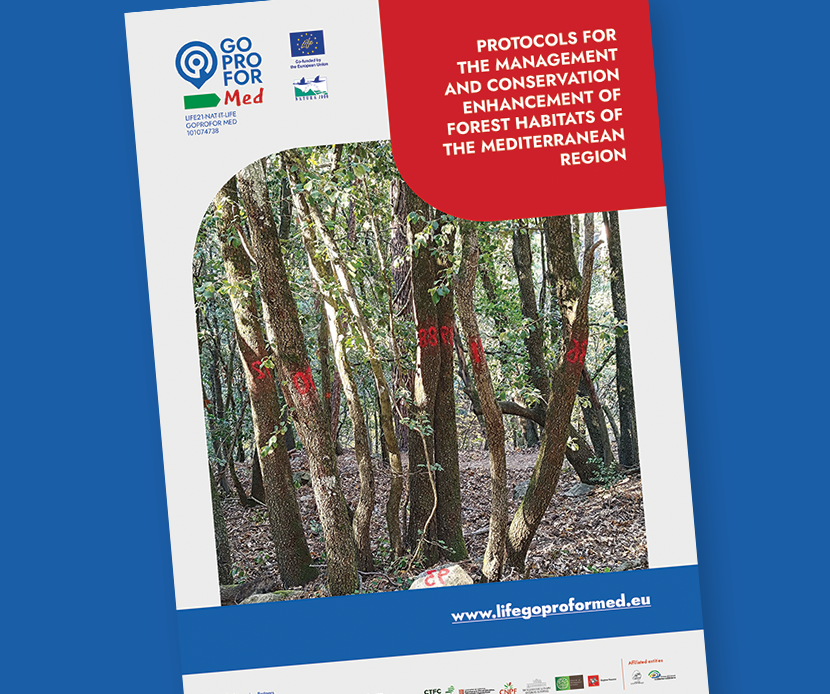
An outreach publication has been produced to provide a targeted summary of the technical documentation on planning procedures and Closer-to-Nature silvicultural models developed within the GoProForMED Project. Aimed at forest managers and practitioners, it offers an overview of the innovative aspects of the proposed approach, with references to the technical documentation for further details and practical examples.






